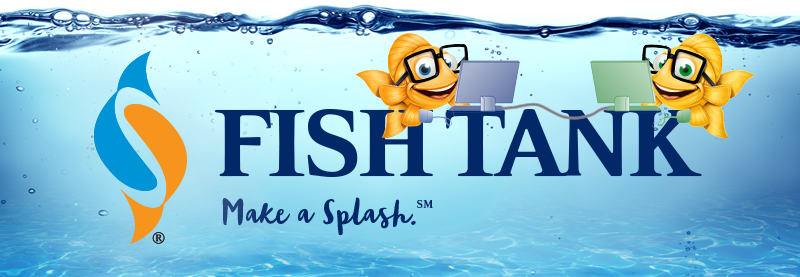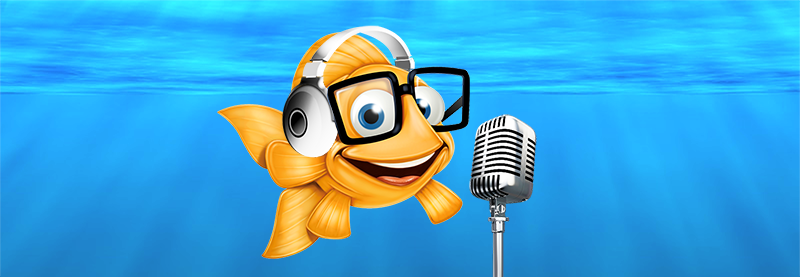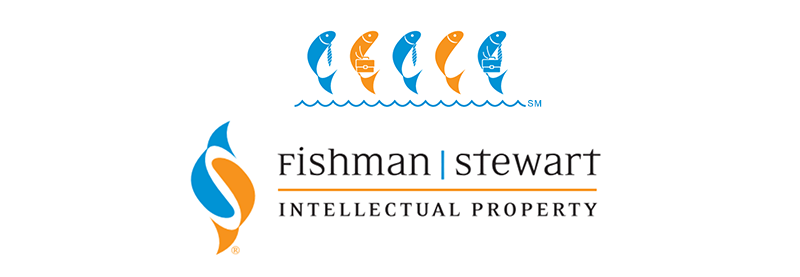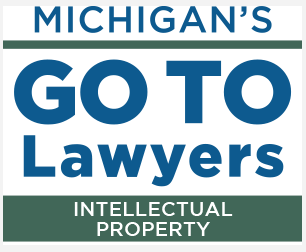Intellectual Property Insights from Fishman Stewart
Volume 21, Issue 8


The U.S. Tech-Giant Decision that will Shape Innovation and Copyright Law
By Zachary P. Grant
The United States Supreme Court recently came to a decision on the historic Google v. Oracle case regarding copyright protection of software code. Unlike other big-tech disputes that take up the spotlight of the news cycle, such as privacy and free speech, Google v. Oracle was a fight for the nature of software development and innovation. It was a decision over ten years in the making that will undoubtedly shape computer engineering and copyright law.
The case centers around software code authored by Oracle and copied by Google for use in Google’s Android mobile platform. Justice Breyer wrote for the majority in the 6-2 decision. The Court noted that Google v. Oracle presents two questions. (1) Is all the code authored by Oracle protected by copyright law? (2) If yes, is the manner in which Google copied Oracle’s code a legal “fair-use” taking? The Court did not opine on the copyrightability of Oracle’s code in order to limit the Court’s impression to only what it deemed necessary to resolve the case at issue. Therefore, all of Oracle’s code was arguably copyrightable for the purposes of the case, but the Court did not formally rule on the issue.
On the second question, the Court held that Google’s use of Oracle’s code was a legal “fair-use” taking. To understand why, you must know a little about how computer programs are created. In examining the programs at issue, Justice Breyer distinguishes between “declaring code” and “implementing code.” Declaring code is made up of names and syntaxes for identifying and organizing computer functions and it organizes code into packages and classes. It is part of the interface between human programmers and computers. The Court uses the analogy of a gas pedal: the pedal (declaring code) is pressed on by the driver (programmer) to tell the car (computer) to move faster. By contrast, implementing code instructs a computer how to perform a specific task. To expand the analogy, the gas pedal “declares” that the user wants to move faster, and the car “implements” that command by increasing gas and air flow into the engine, downshifting to a lower gear, and moving the wheels more quickly. In simplest terms, the Court distinguished between the practice of copying function names (declaring code) and the copying actual function mechanics (implementing code). To that end, the Court in Google is only addressing the copying of declaring code.
Google took approximately 11,500 lines of declaring code from Oracle that defined and named thousands of methods within several packages of code. The taking represented approximately 3% of Oracle’s copyrighted code and 0.4% of all of Google’s relevant code. In turn, Google created its own implementing code that would interact with the declaring code taken from Oracle as well as other declaring code authored by Google. This practice of taking declaring code is common in the software industry and is often performed to make the language of the code – the function names and organization – more intuitive and approachable for programmers of different backgrounds so they can focus on the creation of implementation code.
Justice Breyer applied the four-factor test of fair-use to the case — (1) purpose and character of the use (2) nature of the copyrighted work (3) quantity and quality taken (4) effect on market — and found that all four factors weighed in favor of a finding of fair-use without modification to the Court’s previous rulings on fair-use. There is currently debate about whether Justice Breyer’s opinion was truly hands-off about fair-use in general, but its effect on software development is clear: limited reimplementation of declaring code for the purposes of facilitating programmers to utilize their talents towards new and creative implementing code is an act of fair-use as a matter of law.
Many computer engineers and legal advocates hold Google v. Oracle to be a historic win for innovation. The philosophy is that the fair-use defense as applied in Google v. Oracle promotes necessary interoperability that will ensure developers can build upon, transform, and create new programs without fear of litigation. Others, however, worry that the case will be a slippery slope that could lead to further erosion of software protection and the over-broadening of fair-use defenses if utilized by lower courts outside of the narrow context declaring code. In all, Google v. Oracle illustrates the immense complexity that goes into applying established law to emerging innovations. Advocates and attorneys need to be both masters of law and masters of new technology in order to maintain justice.

Podcast: Whose Company is it Anyway?
Fishman Stewart partner Doug LaLone joins podcast host Sheldon Stone on the show Whose Company is it Anyway? for a conversation about intellectual property and its impact on company value. The podcast series explores financial challenges faced by businesses and invites experts of various backgrounds to speak on their stories, strategies, and advice.
Listen to the full episode HERE.

Introducing Maxwell Goss
Please join us in welcoming our new attorney Maxwell Goss. Max is a litigation and trial lawyer. Having substantial experience litigating IP cases, Max brings his own brand of forceful advocacy and creative solutions to the cases he handles.
Max focuses his IP litigation practice on trade secret, trademark, patent, and copyright matters, as well as licensing, technology, and non-compete disputes. Max also provides strategic advice to businesses and individuals on IP, internet law, and related business law matters.
Max works with businesses of all sizes and with professionals in all fields. He has represented clients in a variety of industries, including medical devices, healthcare, manufacturing, automotive, software, human resources, e-commerce, entertainment, hospitality, food and beverage, construction, financial services, and logistics, to name a few.
Max started his career at the acclaimed firm Akin Gump Strauss Hauer & Feld, LLP, where he was trained by one of Texas’s premier trial lawyers. Prior to joining Fishman Stewart, Max managed his own successful law firm.
Before law school, Max earned a Ph.D. in philosophy and had the pleasure of teaching logic, ethics, metaphysics, and the history of philosophy at the University level.
We are excited to have Max on our team and our clients can expect another strong practitioner to represent their best interests.
IDENTIFYING, SECURING AND ADVANCING CREATIVITY®








